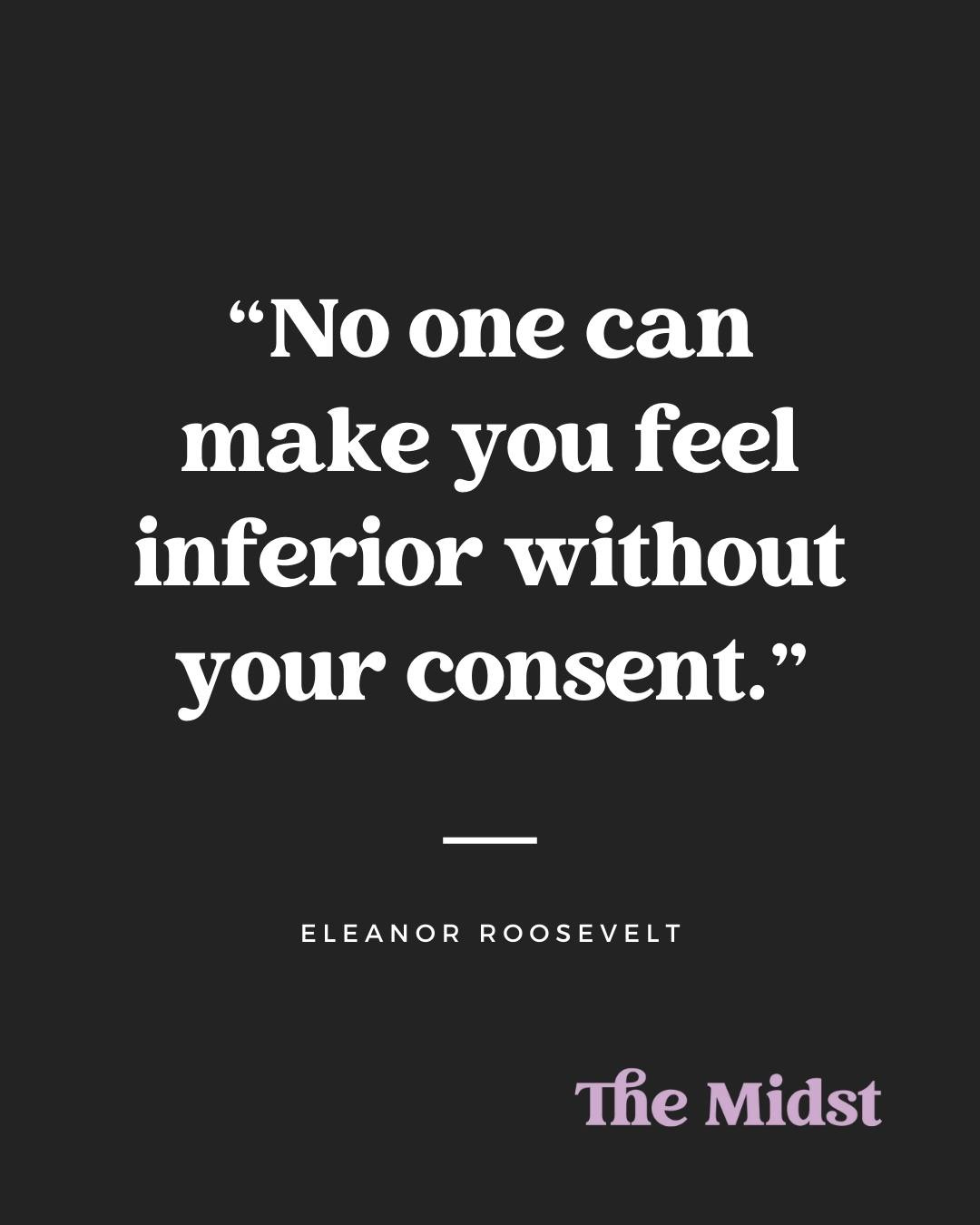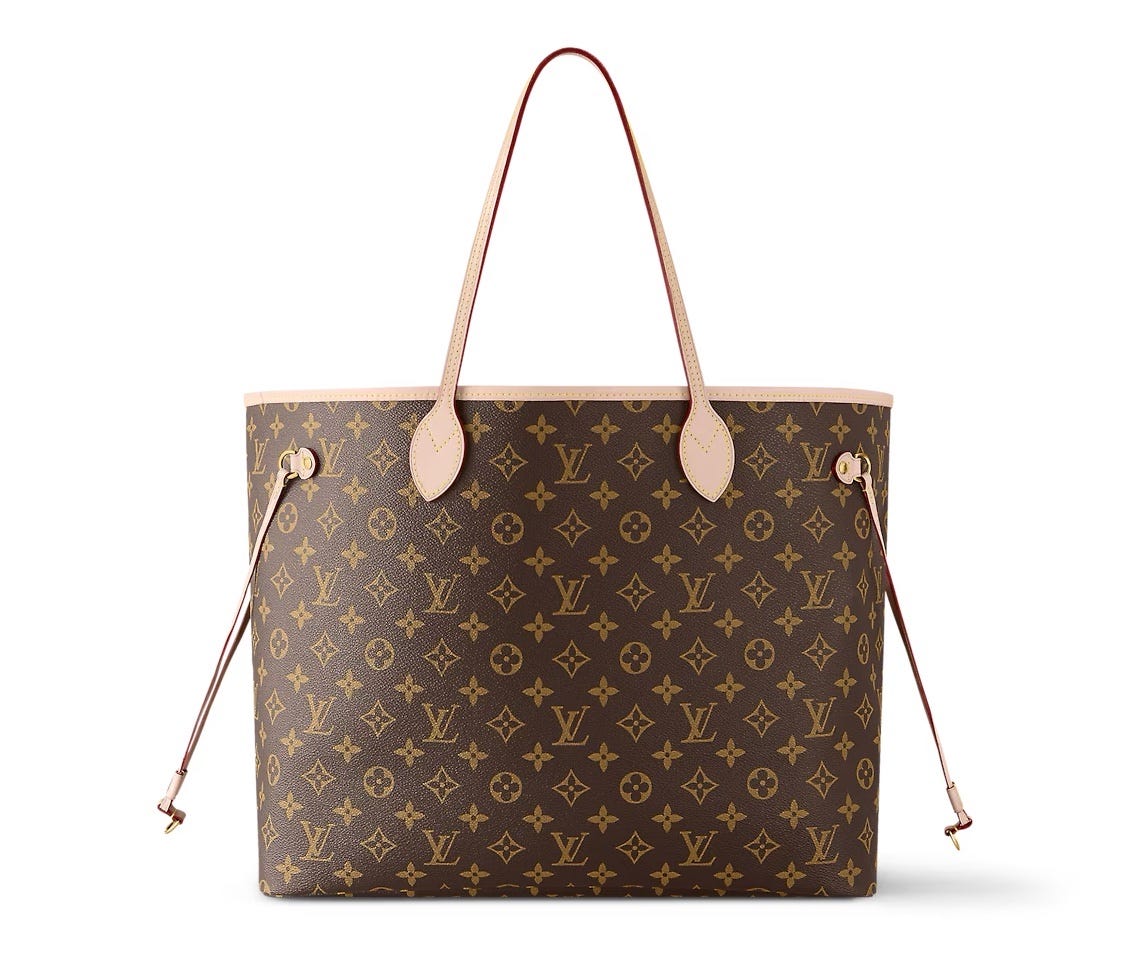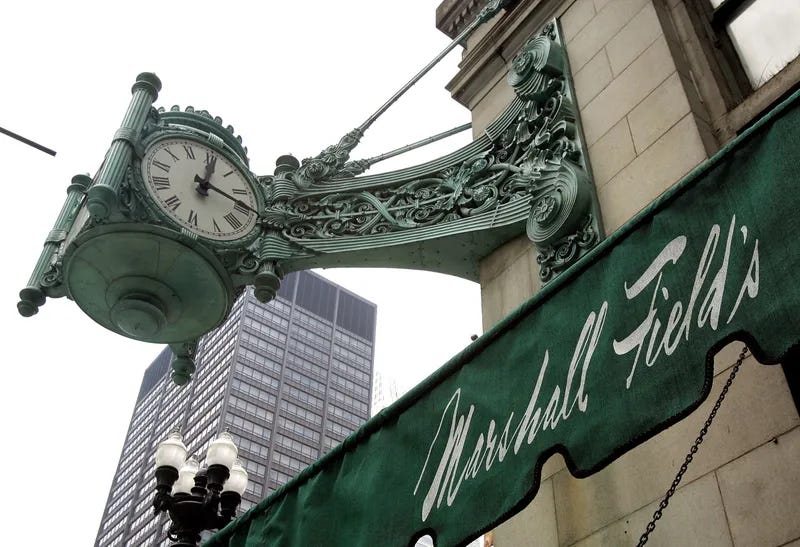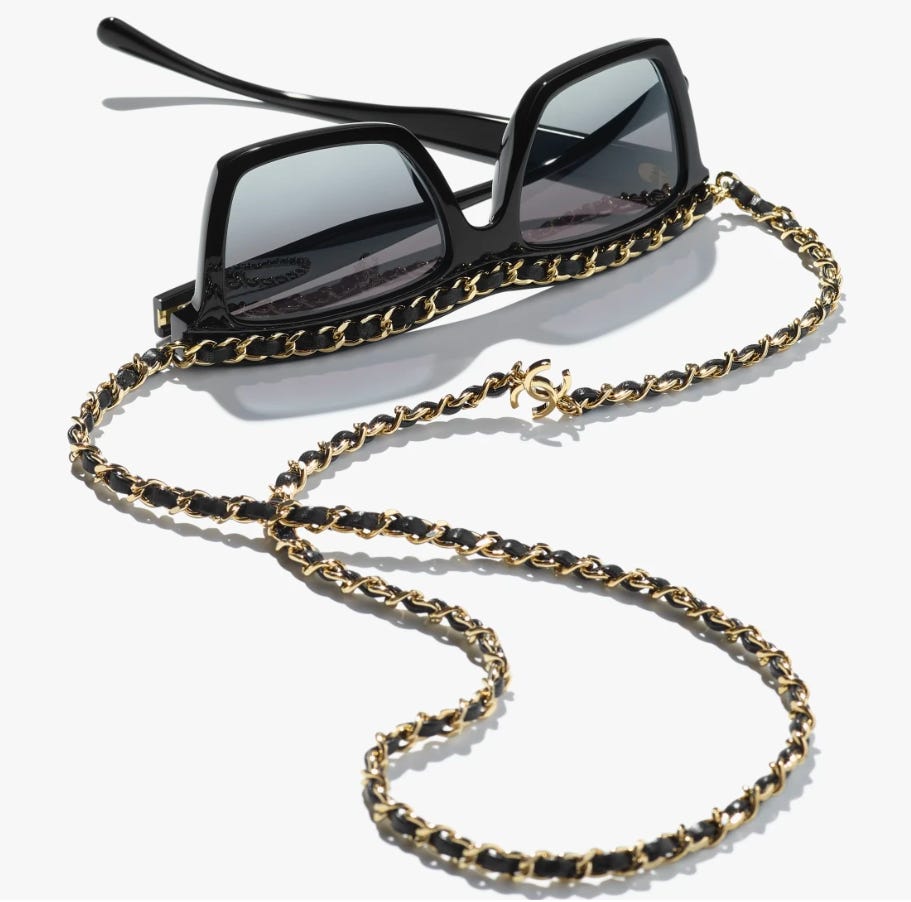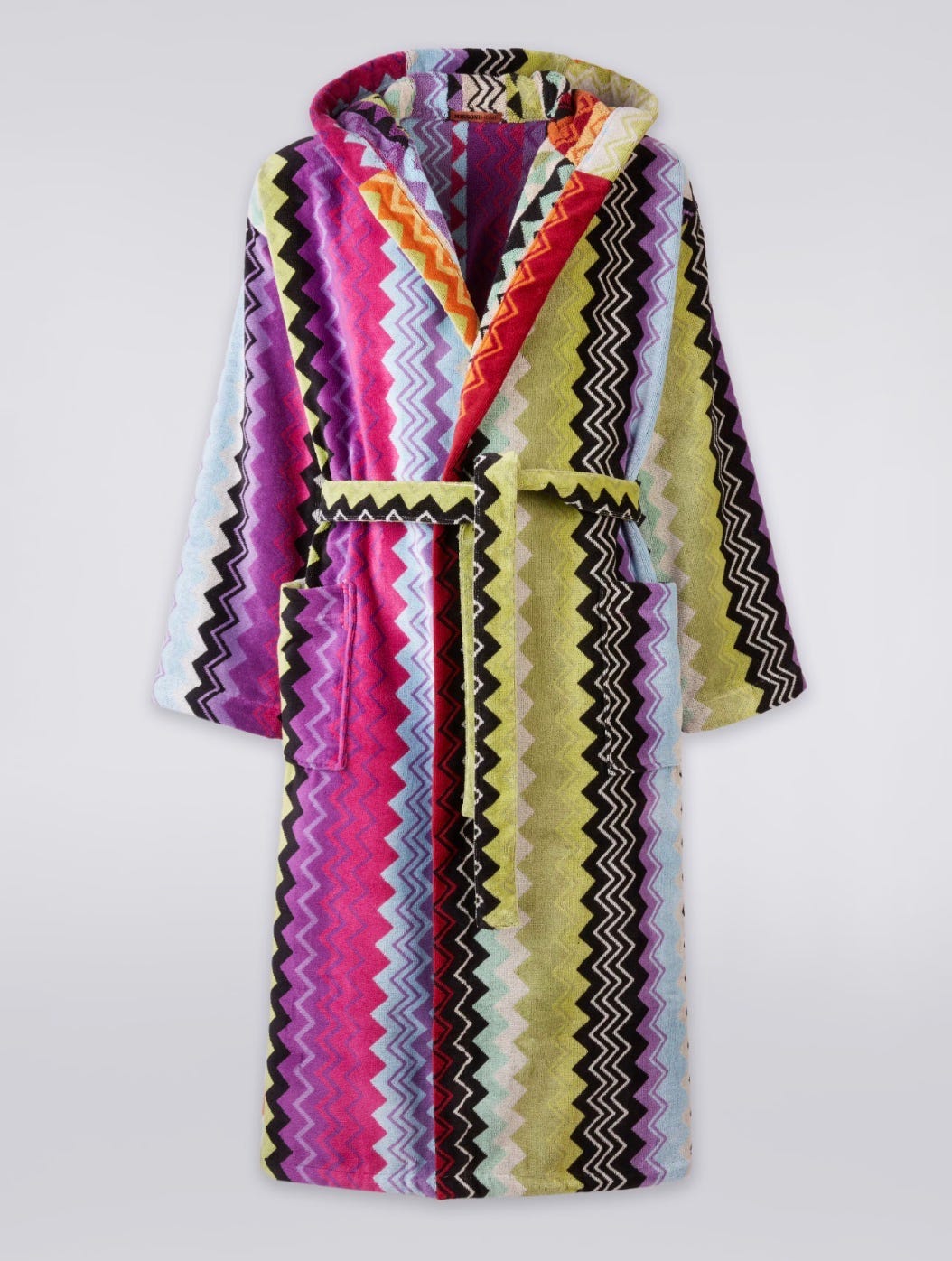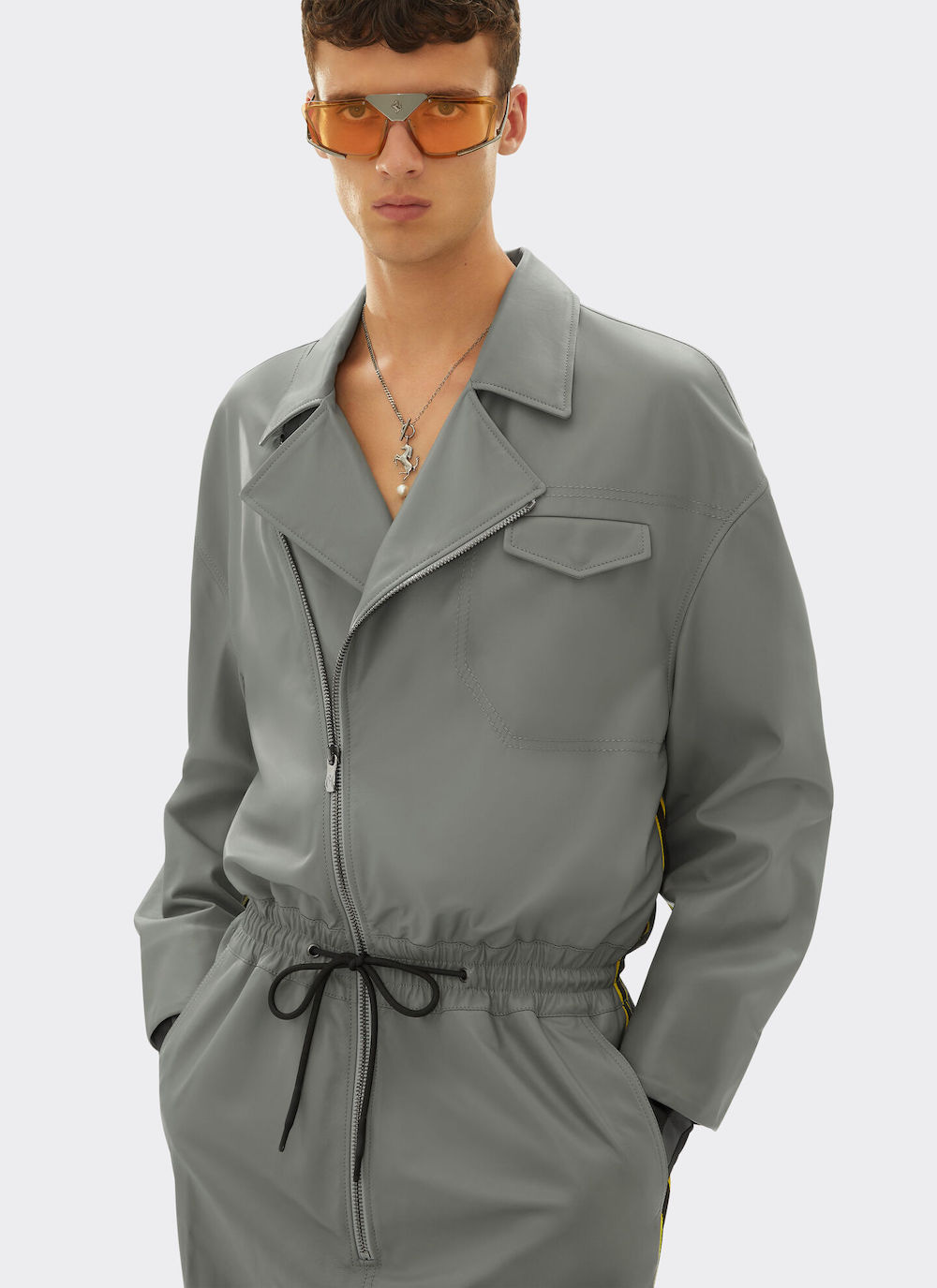The most important labels to wear every single season
Plus: Fashion's guilty pleasures on our shame, status, and emotions
BeWell | The Midst beauty, style & wellness newsletter
Exclusive for subscribers to The Midst Substack

My divorce and the personal events surrounding it nearly killed me. The heartache and literal pain — I distinctly remember the sensation, like someone had dragged a dull knife down my sternum — felt unbearable. One thing kept me going, got me sober, and raised my standards: the little boy who called me “Mom.”
The insane love I have for my son and the identity of this label, Mom, provided me with objectivity: I would not be an irresponsible parent — I would be an inspirational, hard-working mother. I’ve seen these women all around me — the masters of juggling work and kids and relationships and self — as examples of strength, and (eventually one day) I got this, too.
The difference a label makes
In the early stages of my separation, one of my best friends, another wildly strong divorced woman (who I know is reading this — thank you, I love you), gifted me with this: “Now you can call yourself a divorcée.”
Oooooooh! Images of fabulous, glamorous independence overtook my sorry thinking. I was a divorcée! Say it aloud: “dee·vor·say.” The word itself demands that you stand tall — perhaps in a gorg’ outfit, one hand with a latte, the other swiping left, with the world’s most amazing kid, lapdog, and bestie at your side.
No, this writer wasn’t a divorced single mother. She was a Mom and divorcée, dammit. And those two words — what they meant to me — made all the difference.
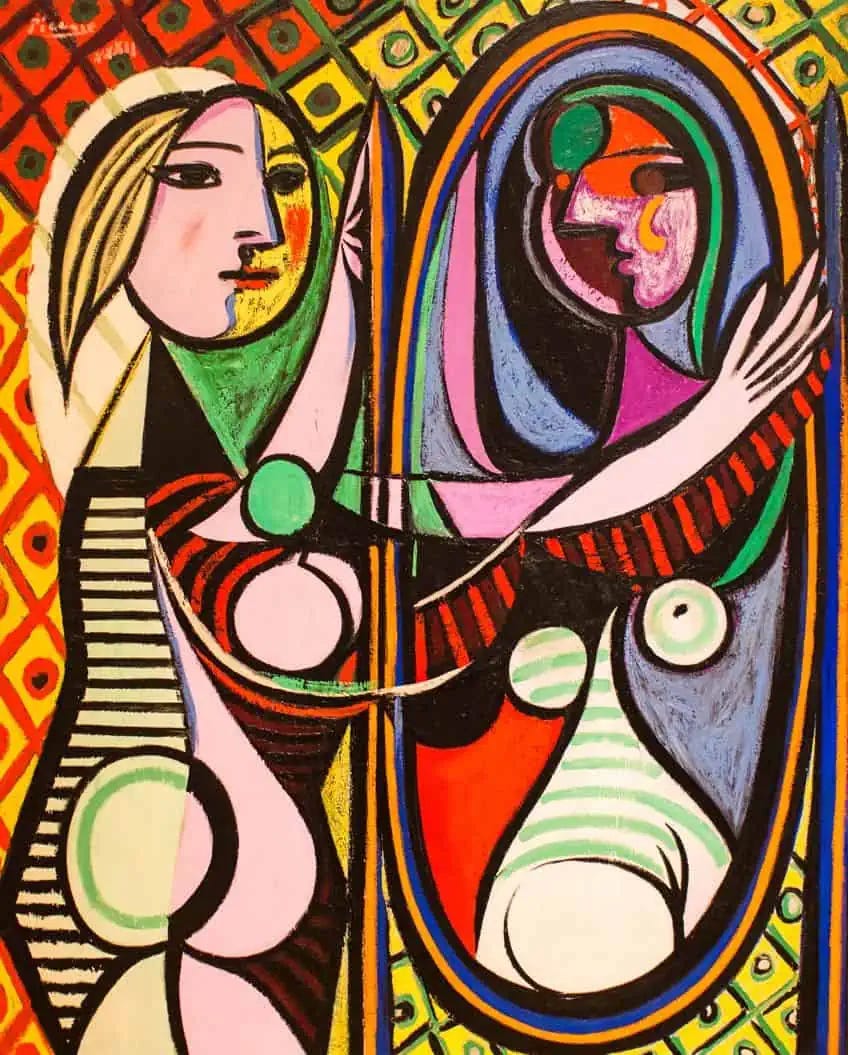
What is self-concept theory?
Your self-concept is your overarching idea about who you are — physically, emotionally, socially, spiritually, and in terms of any other aspects that make up you.
Psychologist Carl Rogers believed that self-concept is made up of three different parts:
Ideal self: The person you want to be — the attributes or qualities you are either working toward or want to possess. It's who you envision yourself to be if you were exactly as you wanted. (I’m a successful mom.)
Self-image: How you see yourself at this moment in time — physical characteristics, personality traits, and social roles. (I’m a divorcée!)
Self-esteem: How much you like, accept, and value yourself — based on how others see you, how you think you compare to others, and your role in society. (I am worthy.)
Furthermore, Henri Tajfel and John Turner, who proposed the Social Identity Theory, state that we derive our self-concept from our membership in social groups. (I am a founding member of The Midst.) This develops our sense of belonging, purpose, self-worth, and identity.
Your self-concept can also develop through interactions with people, particularly during childhood (whether or not you feel unconditional love), along with the influence of stories we hear and the media we absorb.
Who are you?
If I said to you, “Tell me who you are,” your answers would be clues to how you see yourself — your self-concept. Having positive opinions of yourself lead to positive outcomes, while negative opinions can do just the same. The good news is that self-concepts are fluid and can change with effort.
“Fixing our self-concept is really all about regaining confidence, being true to ourselves, and developing a strong sense of self-love,” writes Alejandra Lara of UC Santa Barbara. “Furthermore, when we start being true to ourselves, we can unlock paths to opportunities we may have never considered before because we didn't believe in ourselves. Re-evaluating our self-concept can also allow us to find what we’re passionate about again.”
Whatever opinion you have of yourself — whatever label you now choose in your self-concept journey — do so with care and conviction. Divorcée is a bitch to reckon with, and if I had to guess, I bet you are, too.
Guilty fashion pleasures
As a rule, I’m not into designer logo stuff. No shade to those who are, but I just never was interested in flaunting labels. As I’ve gotten older, I’ve come to agree with something my mother often said about clothes: “I’m not interested in wearing anyone’s name but my own.”
That doesn’t mean I abstain from designer or expensive items that take a chunk out of my bank account. Some of my favorite things in my closet come from Marni, Isabel Marant, and Fendi. But generally I’m more inclined to indulge in statement pieces by independent designers because (a) I like to support small businesses, and (b) I know the quality is likely to be excellent.
However, for the past several years I have found myself salivating over Louis Vuitton monogram bags — you know, the ones that scream “I spent MONEY” and are usually perched on the shoulder or elbow of some impeccably well-groomed woman with a perfect blowout. Not my style at all — I’m the one with messy waves and cat hair on the repurposed sweater I got at a vintage pop-up. Plus, those bags cost thousands of dollars new — way, way over my allowable budget, even for the occasional splurge.
Shame and status
The Vuitton bag is an example of a classic guilty fashion pleasure. Women in particular are familiar with this phenomenon because we’re often shamed for spending money on “material” things like clothes and accessories, even when it’s income we’ve earned ourselves. “You’re just paying for the name,” goes a common refrain, even though designer bags and accessories are often (but not always) much higher quality than lower-priced items — just like a BMW is known to be a better car than a Chevy. And somehow when men spend thousands of dollars on a suit, no one blinks an eye.
Maybe I feel guilty about it because I can’t figure out why I want one, or because I do know why and it makes me uncomfortable. Maybe there’s a part of me that wants that wealth signifier after all. I grew up in a financially unstable household, and there’s definitely an aspirational aspect to my yearning. I’ve told myself I’ll buy one when I reach a certain income level, which I’ve gotten close to but haven’t quite achieved yet.
Shame about fashion is often intertwined with family, cultural, and religious values as well. When I was growing up, my mother shopped for our clothes at places like Sears and Kmart, a financial necessity for a cash-strapped single parent, but a never-ending source of embarrassment in our high-income, status-conscious community. Although she grew up in comfortable surroundings — there was a family joke that she even bought toilet paper at Marshall Field’s, the iconic Chicago department store — her circumstances had changed dramatically. She cast a skeptical eye on my teenage jaunts to the mall with my friends, and when I did get to spend holiday or birthday money there on pricier items and came home laden with shopping bags, she often exclaimed, “You sure were good to yourself!” Although she’s been gone for more than 40 years, I still often hear her voice in my head when I spend several hundred dollars on an item of clothing or jewelry.
Emotions and money
Emotions around money and clothes can even affect wealthy people. When I was a personal stylist, I had a client with a huge walk-in closet full of clothes. When we went shopping together, she racked up a $2000 bill but balked at a beautiful $1,000 leather jacket she loved. “If it were $800 I could do it,’” she told me. I didn’t understand what difference $200 made at her level, but guilt is strange.
What others have to say
Out of curiosity, I polled friends and friends-of-friends in the midlife age-bracket about what their guilty pleasures are:
Amy, 53: “Paying retail.”
Laura, 48: “I have about 10 pairs of black leather boots, all of which probably look the same to a less discerning eye.”
Leslie, 46: Designer sunglasses. “I always need to have a pair on me. There’s one to go to the gym, one for going to work, for hanging out with friends, vacation, or even the grocery store!”
Deborah, 51: A Missoni bathrobe, “which I’m pretty sure is the most expensive single item of clothing I’ve ever bought in my life (and by far the most colorful). It makes me happy every time I see it.”
Good examples
Of course, guilty fashion pleasures don’t have to be about expensive clothes and accessories. They could be an addiction to fast fashion, a love of real fur, or dry cleaning. My friend Janet, who’s 60, adores vintage men’s shirts in Swiss cotton, which she sends out to get cleaned and boxed — and it’s the boxes that she feels guilty about. Perrin, who’s 54 and has a collection of vintage silk shirts, indulged in a high-end LG steamer closet, an appliance I didn’t even know existed.
Ultimately, I think a lot of guilt around fashion comes down to the very American idea (thanks, early Puritan settlers!) that we shouldn’t care that much about how we look — even though women in particular are relentlessly judged on our appearance. If we spend too much, we’re shallow; if we don’t care, we’re cheap or unfeminine.
If clothes really weren’t that important, we’d all be wearing unisex jumpsuits like they do in movies about futuristic dystopias. As we get older, we get better at parsing our negative emotions and insecurities around fashion and become more confident about recognizing sexist attitudes that shame and belittle women for caring about how we look.
As for me, when I hear my mother’s voice in my head telling me I’ve been good to myself, I now mentally answer, “Of course! Who better to set a good example?”
This article was originally published here on The-Midst.com.
Thanks for reading BeWell!
X, Lauria, The Midst Beauty & Wellness Editor
The Midst is a women-owned business on a mission to empower women in midlife.





